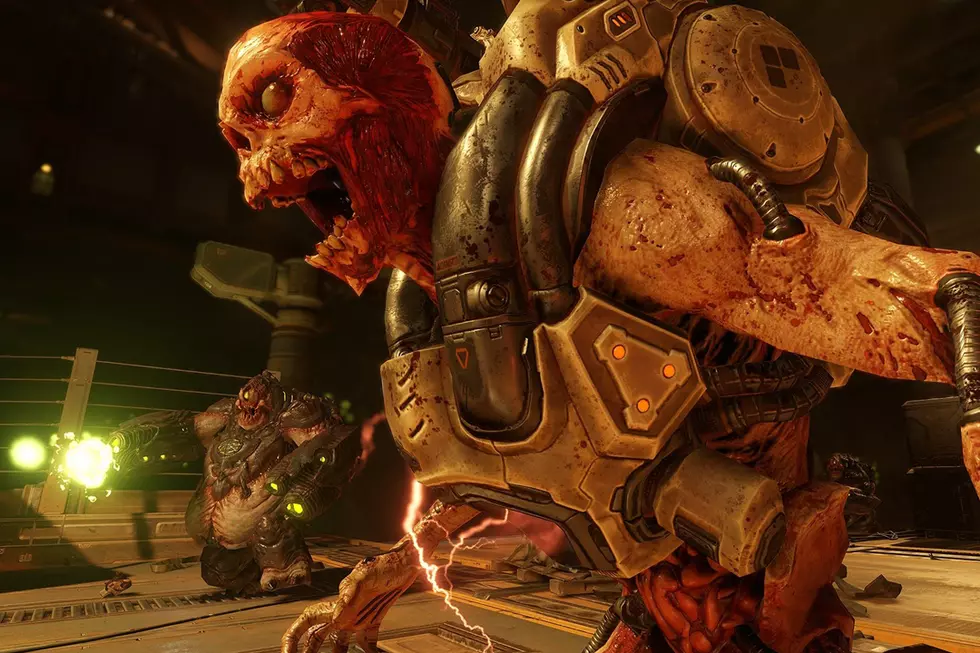
Opinion: Bring Back Manuals!
Open up your brand new copy of Call of Duty: Ghosts. What do you find? Some ads. A downloadable content key if you pre-ordered it. Maybe a brief, “how to set this up” insert. But wait? Where’s the manual? OK, what about Japanese games like Tales of Xillia? You get a DLC voucher, a limited edition soundtrack… but no manual? You can buy nearly every new release for every new console and you will be lucky to see one or two manuals. Where have all the manuals gone?
Many people argue that we have outgrown manuals. When video game technology was still in its primitive ages, you needed a book to tell you that the assortment of pixels that you see on the screen is actually an Italian plumber attempting to save the princess of a magical kingdom of mushroom people from a giant spikey fire breathing turtle. Now, we have the ability to tell deep narratives written by award winning authors that are expressed through facial recognition technology, motion capture, and voice acting. The story of the game is now entirely contained within the game, so why would we need a manual?
To tell us how to play the game of course! Then again, many argue that this too is an outdated concept. We now have tutorials to tell us how to play the game, or at the very least we have digital instructions. All the info that you need to play the game can once again be found on the disk, so the inclusion of a secondary instruction booklet just seems like a waste of paper.
So why would we bring back manuals if every use they have is such an antiquated concept? Because secondary reading material is still very useful! Think of your college courses. Your professor was supposed to be teaching you everything you needed to know. You still had to pick up a text book to read on your own time. This combination of primary and secondary materials made you understand the topic better, and it would make you understand video games better as well.
Manuals used to provide you with backstory that the game never did. You could get character synopses and breakdowns of the setting of the game and the history behind it. Sure, games have tutorials, but reading a manual beforehand meant you could skip the tutorials and thus devote more time to actually playing the game itself. Besides, we all knew that manuals were the perfect toilet literature. It’s way better to learn that X is the attack button then than to waste precious moments of your valuable non-toilet time.
Aside from that, we are missing a new use for manuals: teaching you how to play the game. “But wait?” you are saying to yourself right now, “Manuals always taught us how to play the game!” No, manuals always taught us how to control the game. How to actually play the game was the secret knowledge that was traded between kids on playgrounds and, in more modern times, on forums. Manuals can teach us skills that are needed in the game. It can teach us how to perform a mix-up in a fighting game, how to hit-stun lock enemies in an action game, how to fire before ADSing in a shooter to avoid getting quickly killed, and so forth.
Some games are already doing this. Shin Megami Tensei IV came with a tiny strategy guide that got you about a third of the way through. It included strategies on how to beat bosses, full listings of enemies, sidequest tips and more. It was just enough to get you started at playing the game effectively on your own, without holding your hand throughout the entire process.
So give manuals a chance, because as much as our skill at game design has increased since the days of 8-bits, reading is one skill that we should never overlook. Give manuals a chance, because packaging games with a mini strategy guide is a way better idea than forcing us to make repeated trips to GameFAQs.com.
More From Arcade Sushi









